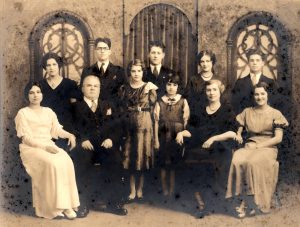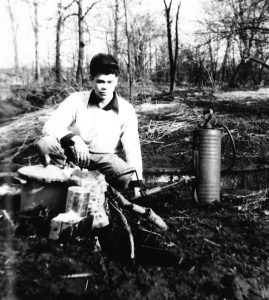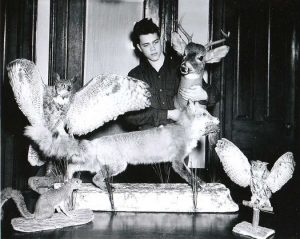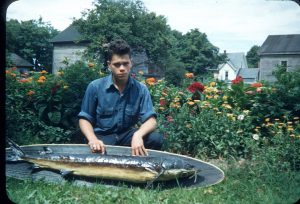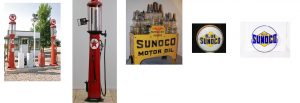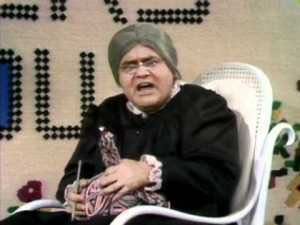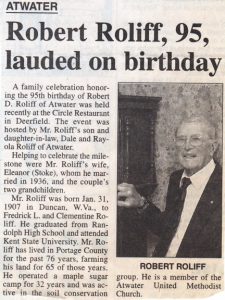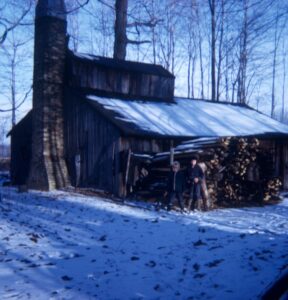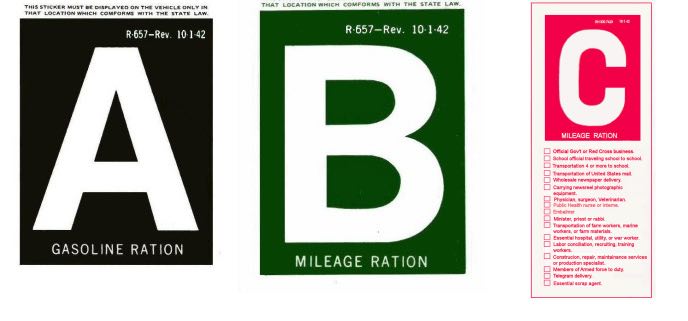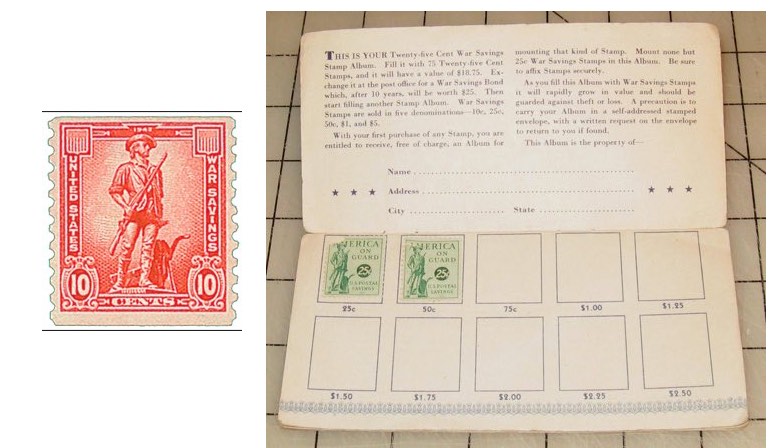St. Joseph is a small village in Ohio between the towns of Randolph and Suffield. It was originally settled by German Catholics. The first church was built there by immigrants in 1813. The present church, a beautiful gothic structure, was built in 1905. The exterior of the building is basically unchanged from the original, but the interior has been “modernized” and redone to the point where the original plan is no longer recognizable. It first looked like a European cathedral with a beautiful back altar that contained statues of the saints and evangelists, but is now more plain and modernistic. Music is provided by an electric organ that sits in front of the congregation. The original pipe organ is still there in the choir loft but I don’t know if it is in working order. Nobody could play it like my cousin Frank Lang whose bass notes would shake the rafters and make you believe that the sounds were coming straight down from heaven. In the 1930’s and 40’s, community and social life for Catholics in the surrounding areas centered around the church.
When I was a child Father Bertram was the pastor. He ran the parish with authority and finality. His thundering voice demanded attention and strict obedience to church doctrine and tradition. This old German patriarch spoke from the pulpit as if God the Father was speaking from the clouds during a violent thunder storm. When his sermon during Sunday Mass addressed some type of transgression being committed, the effect was so compelling that it would make even the innocent feel guilty and cringe with remorse. The length of the sermon was directly proportional to the perceived seriousness of the offense. Often it would last for two hours or more. During these sermons I sometimes imagined I could see fire and brimstone raining down from the heavens, but it was probably only the plaster cracking from the church walls.
The parish school consisted of grades 1 through 8 and was said to be the oldest parochial school west of the Alleghenies. As a child I attended this school as did my mother and my children. During the time I attended the teachers were all nuns, Sisters of Notre Dame. Later when my children attended, nuns were in short supply so lay teachers were also employed.
The school had an extra unheated building with outdoor toilets. During the winter students lingering there was not a problem. Boys and girls used separate play areas during recess. The girls jumped rope and played hopscotch. The boys played baseball and marbles. When the bell rang to go back to class some marble player would yell “POTGRABS” and the quickest person grabbed the remaining marbles from the ring. This would sometimes result in fisticuffs.
When I was in first grade I rode 3 miles to school on a brand new 1938 Ford bus purchased from Jenior Ford and driven by Bob Horning. This was the highlight of my day. The local kids came to school in a horse-drawn hack. During winter they arrived on a large open horse-drawn sled with picnic table style seats.

Every school day began with students attending Mass. We marched into church two abreast and halted when the nun clicked her clicker. On the next click we would all genuflect – next click enter the pews -next click kneel, etc. After Mass we marched back to the classrooms to the sound of marching music played on a windup victrola.
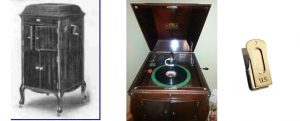
We had a lunch room with picnic tables but no cafeteria, so each child brought a lunch from home. Some families were very poor and many times these kids brought no lunch except maybe an apple. Sometimes my mother and other parents packed an extra sandwich for them. This was a better lesson in Christianity than were some of the religion classes.
There were two grades in each room. When one grade received instruction the other would do seat work. It worked quite well most of the time. No one would get out of line for fear of being sent over to see Fr. Bertram – a fate worse than being skinned alive or boiled in oil, or so we thought. He never really abused anyone but was an imposing figure and quite noisy.
During reading instruction we were placed into groups according to ability. There were first, second, and third groups, the first group being most skilled. The individuals in each group were lined up according to reading ability, with best reader first, etc. As your reading improved your place changed. I was the second to last person in the first group and because of this I thought I was the dumbest kid on the planet. There was none of that cardinals and bluebirds stuff. Damage to our self-images was not considered to be of major importance.
When the priest visited the classroom we would all stand and say in unison:
“GOOD MORRRNING FATTTTTHHHERRR”.
We practiced this until we “got it right”. Upon being called to recite we were required to stand when giving a response. This was a hard habit to break and when we first attended Randolph High School we stood up when called upon by the teacher until we noticed the non-catholic students laughing at our quaint behavior.
On grade day Fr. Bertram sat in front of the classroom and individually handed out report cards along with praise and a “holy picture” for those students who received A’s, or a scowl and scolding for those dastardly wastrels who received F’s. A few times I remember him applying a yard stick to the rear end of some individuals whose grades had really hit the skids.
I was one of the boys chosen to became an altar boy and assist the priest at Mass. We had to go through training and learn when to ring the chimes, pour the wine, and answer the priest’s prayers in Latin.
“Ad Deum qui laetificat juven tutem meum”, etc, etc.
I can still recite those prayers, but to this day I have no idea what they mean!
I was in second grade during the presidential campaign of Franklin Roosevelt vs Wendell Wilkie in 1939. The memories of the slaughter in the first world war were still fresh in people’s minds and Roosevelt was trying to get the country ready for another war. Many people did not want another war no matter what, and the political battle cry of the Republicans at the time was, “Wilkie or War!”. My family was strictly Democrat and I was catching some heat from some students, so I asked my dad how I should respond. He said, “tell them we would rather have WAR than Wilkie”. I did this and some of my fellow students looked at me as if I had two heads, but that did stop the teasing about Wilkie.
We had two girls who were really caught up in the campaign. One day on the playground one girl played the part of Roosevelt, the other of Wilkie, with other students lining up to support their favorites. When the debate heated up “Roosevelt” got into a hair-pulling contest with “Wilkie” and they both got into trouble over the fracas. This was 1939 and these were second and third graders already having strong political opinions. I guess some things never change.
Sometimes in reading class we were required to read passages from the bible. I recall one time in particular when the word “ass” appeared in the script, but before the student could get to the forbidden word the nun loudly interjected, “DONKEY!”. That got the reader out of a rough situation but resulted in some suppressed giggling.
Years later our achievements at Randolph High School and other places demonstrated that we had obtained a first class education from the nuns at St. Joseph School, and were well-equipped to compete with anyone scholastically and socially.
See related pictures here .
Also see YouTube video on clickers here
